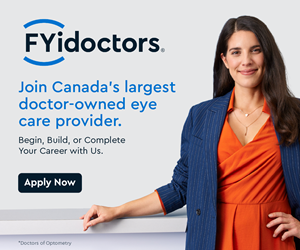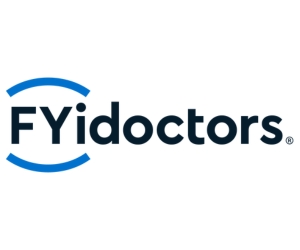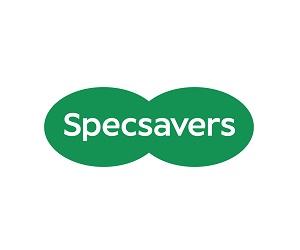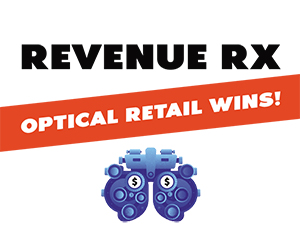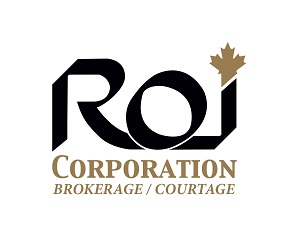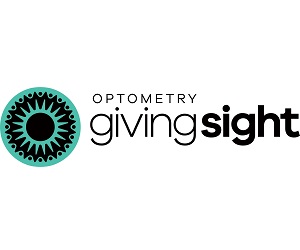
DECIDE ON NUMBER OF SCRIBES & DUTIES
We currently have four scribes, each employed full time. We are constantly training staff to become scribes. All scribes begin in our office as pre-testers, and learn most of all by also working at the front desk. We found quickly that each job in our office (outside of optician) feeds on the others, and can become monotonous if that is the only thing you do. For that reason, we like to rotate our support staff between the roles of front desk receptionist, pre-tester and scribe. Those who excel at scribing, however, end up concentrating mostly on that task.
DETERMINE PAY SCALE
Our scribes are paid based on their ability to grasp each job role in our office. We begin with scribes hired to pre-test, and as their skill set increases, their pay increases. The highest pay for a scribe is when they can perform in all areas, including: checking in and out patients, pre-testing and scribing for the doctor. We also have them involved in other technician skills such as retinal photos, visual fields, genetic testing and other imaging.
Miamisburg Vision Care
Miamisburg, Ohio
Locations: 1
Doctors: 3
Support Staff: 16
Annual Exams: 6,000
Annual Revenues: $2.2 million
HIRE EMPLOYEES WITH POTENTIAL TO LEARN SCRIBING
We have long believed in hiring based on personality, and then training the skillset needed for each job role in the office, included that of scribe. It is impossible to train someone to become more friendly or to have abetter work ethic. It is much easier to train someone how to check visual acuities or record a medication list into an EHR.
IDENTIFY EMPLOYEES WHO WOULD MAKE GOOD SCRIBES
Scribes need few skills starting off, and the knowledge comes as they get more experienced. The primary characteristic of a good scribe is multitasking ability. This is why we prime employees for the job by having them work at the front desk before they train to become a scribe. If they are able to answer the phone and schedule a patient while checking another patient in, as well as dispense a contact lens order to someone else, they can handle the duties of chair-side scribe.
Another skill that is needed is the ability to be flexible and change pace. Often during the course of the day, the “typical exam” becomes anything but typical. The course of each encounter with patients varies, and the scribes need to understand what test is being done, and incorporate the data as the exam unfolds. The last skill, and most critical, is being very detail-oriented. Notes for patient encounters function in many ways, but primarily they are medical-legal documents and need to record the information as it happened. The notes also will be used to shape future encounters with patients, and to guide the care we give them. Capturing the small details ensures we have great continuity with our patient encounters, and that we address all the issues for each visit; not just at that one visit, but as a continuum.
IMPROVE EXAM EFFICIENCY
We initially looked at EHRs as a burden to efficiency since we were not used to working entirely online, so before we even added an EHR to our office, we added scribes. We trained a few staff members on the anatomy of the eye and common findings, and how to input that data into the EHR. The typical exam is about 15-20 minutes, and this has never really changed since adding scribes. Without scribes, the doctor is either making lots of exam notes after a patient leaves, or there is time added during the visit to note all the details needed for the EHR to be complete.
The scribe puts in over 95 percent of the information needed in patient’s EHR chart. On occasion, I may clarify something in the record or add to the information they put in. However, most of the time, the information inputted by the scribe is accurate and complete. The only things I need to do within a chart include: authorizing a glasses or contact lens Rx (and I like this as a double-check on accuracy), signing the records and writing letters–all of which I do on the fly with a touchscreen laptop that I carry from room to room. The scribe works on a desktop workstation in each room to input all the information, and I finalize most patient encounters before leaving the room with a few key strokes and button clicks.
IMPROVE DOCTOR-PATIENT INTERACTIONS
The key moment in my decision to add scribes to the exam room occurred when my daughter was seen in the Cleveland Clinic by a neurologist in 2009. This was my first experience with EHRs, and the entire time we were with the doctor he was facing his computer screen typing notes. He seemed very efficient, but rarely looked at us or our daughter. This, of course, was through no fault of his own, but the reality of charting on a computer. I considered a laptop and facing the patient, or taking notes and adding later, but the reality was that the volume of information that needs to be captured by the EHR is too big to not have a scribe’s help.
I am able to face the patient, perform needed tests, and frankly, examine the patient–not my computer screen. The interaction with patients even improved with scribes, as I so rarely even look away from them during the examination. My scribe gives me information from previous visits, so I don’t need to turn away to look at the chart. I don’t look at a screen more than a few seconds during the course of an exam–all my attention is on my patient.
ENSURE ALL SCRIBES WORK WITH ALL DOCTORS
Good rapport develops when the same doctor and scribe work together, but we have been bitten by only having one scribe work with one doctor when a scribe left the practice or was out sick or on vacation. We try to have the same scribe with the same doctor all day, but switch them to different doctors during the week to ensure all scribes have a good understanding of the workflow for each doctor, as well as differing terminology. We consider this cross-training. If a scribe can only work with one doctor, they do not add enough flexibility to our practice.
RELATED ROB ARTICLES
Scribes in the Exam Room: Patient Experience & Efficiency Enhancer
Getting on Track with the Medical Model: Patient Intake Process
Medical Eyecare: Expect the Unexpected
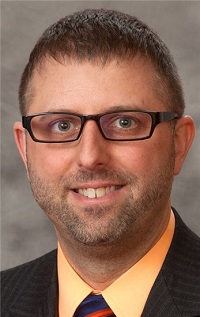
DR. DAVE ANDERSON, OD
Partner Miamisburg Vision Care, Miamisburg, Ohio
Dave Anderson, OD, is a partner withMiamisburg Vision Care in Miamisburg, Ohio. To contact: doca@burgvision.com









